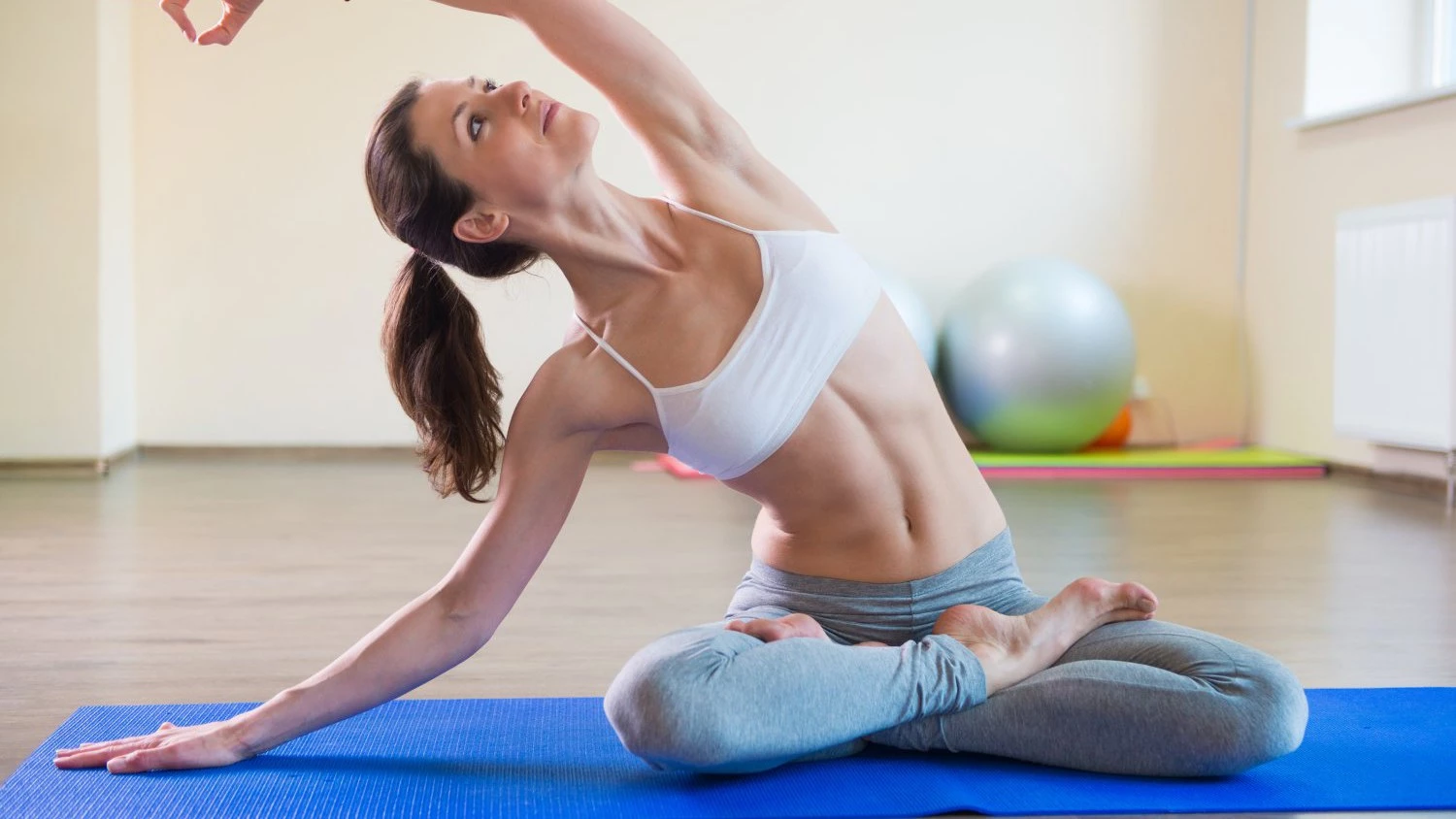Old School Vs. New School Yoga – Is Gentle the New Advanced?

Now that yoga class attendees who were never really into the yoga have largely migrated to Crossfit, and the once freely-given pass on safety has expired, grassroots practitioners are reclaiming the terms of their trade. The old school of yoga is resurgent, offering an antidote to a cultural infatuation with youth and body image.
Of course, anyone taking cues from the NY Times fasion and style section is getting an entirely different story. In a recent article, the internet meme of the “yoga-selfie” was glamorized. For those not familiar with it, a yoga-selfie is a picture that someone takes of themselves doing yoga poses. These photos are then posted to social media outlets where they can be “liked” or “followed” by others. Reactions to the article were both for and against. Cautions to beginners who might want to try what they see in the pictures and the usual line on yoga as a means to get away from the ego were mostly outdone by the sentiment that yoga-selfies are an expression of personal growth.
The article featured a New Jersey mom who has garnered 245,000 followers. Seeing her execute impressive arm balances next to her cute daughter is endearing, and her dedication to daily practice is commendable. But this is greatly overshadowed by her admission that its mostly about the followers: “At first I thought, ‘If I get 100, I’ll be happy.’ And then my goal grew.” There is a brief mention about those who view yoga-selfies as vanity-driven but the article shifts just as quickly to advice on how to take the best pictures and get the most followers.
The question is not whether taking pictures of yoga poses for fifteen minutes of internet fame is good or bad. More relevant is the mentality that motivates the pursuit and whether the images created are genuinely of use to anyone.
Behind the phenomenon of the yoga-selfie is the idea that pushing our physical capabilities is how we utilize practice to grow as people. Which also easily translates into a justification for some teachers to abdicate responsibility for students’ safety. As one teacher put it: “If you let your teacher take you to a place where you get injured and you can’t figure out when to back off, it’s on you just as much as your teacher.” Even among teachers who take a more supportive stance, there is still an underlying suggestion that if you are not doing your maximum physical effort then you won’t see results.
 As more people in their 30′s, 40′s, 50′s and beyond are turning to yoga as a form of self-care, this sentiment takes on even more deleterious ramifications. In another recent post that was meant to help younger teachers ingratiate themselves to older students, the 52 year-old author writes: “Teaching older students isn’t easy. We are cranky (it’s true.). Our bodies often hurt and creak with age …. On the other hand, it keeps us strong trying to keep up with the youth.” The mentality that looks to yoga-selfies as a document of yoga practice ultimately makes an enemy of aging. Sure, Tao Porchon-Lynch, the 94 year-old wonder, is amazing to behold but the therapeutic value of peacock pose begins to diminish exponentially past the age of say 35. And even if you disagree with that assertion, one thing is for sure: attempting to have everyone move like 20-something’s at a rave party for the rest of their lives is not going to pan out well in the long haul.
As more people in their 30′s, 40′s, 50′s and beyond are turning to yoga as a form of self-care, this sentiment takes on even more deleterious ramifications. In another recent post that was meant to help younger teachers ingratiate themselves to older students, the 52 year-old author writes: “Teaching older students isn’t easy. We are cranky (it’s true.). Our bodies often hurt and creak with age …. On the other hand, it keeps us strong trying to keep up with the youth.” The mentality that looks to yoga-selfies as a document of yoga practice ultimately makes an enemy of aging. Sure, Tao Porchon-Lynch, the 94 year-old wonder, is amazing to behold but the therapeutic value of peacock pose begins to diminish exponentially past the age of say 35. And even if you disagree with that assertion, one thing is for sure: attempting to have everyone move like 20-something’s at a rave party for the rest of their lives is not going to pan out well in the long haul.
Fortunately, while the nineties boom raged and fell and the 21st century market waned, the old school of yogis have been keeping it real on the down-low in their own spheres this whole time. These teachers, and those they have trained to carry on the sort of work they do, can now be found again, right alongside the new school classes. At a recent visit to a high profile retreat venue, I overheard someone say: “Remember (so and so) who used to teach here when we first started coming ten years ago? She’s back! She teaches all the ‘gentle flow’ classes now.”
The main distinction between old and new school yoga is the mentality around the physical work of practice. Challenging yourself on the mat becomes something very different depending upon your definition of what that means. In the new school, it means to take the body just past the limit usually thought possible. But to the old school, challenging yourself on the mat means slowing down and getting away from the achievement-oriented nature of other pursuits in life, so we can learn how to take care of our subtle and sometimes ignored inner workings (see Nurturing is Cool.)
Ultimately, it’s fine for people to challenge both their physical and mental abilities. But the two ought not be conflated. And the more that yoga practice better serves as a way to honor the aging process as sacred instead of further perpetuating abstract and erroneous ideals, the sooner we will all look back on the yoga-selfie with a nostalgic smirk.
 J. Brown is a yoga teacher, writer and founder of Abhyasa Yoga Center in Brooklyn, NY. His writing has been featured in Yoga Therapy Today, the International Journal of Yoga Therapy, and across the yoga blogosphere. Visit his website at yogijbrown.com.
J. Brown is a yoga teacher, writer and founder of Abhyasa Yoga Center in Brooklyn, NY. His writing has been featured in Yoga Therapy Today, the International Journal of Yoga Therapy, and across the yoga blogosphere. Visit his website at yogijbrown.com.



